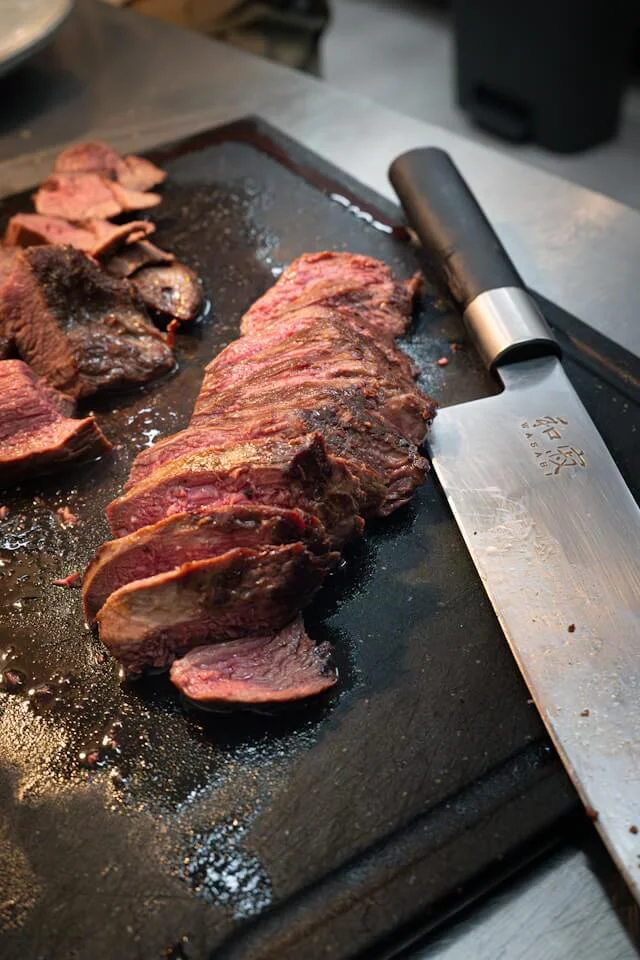Quiz Wiz PRO's interesting facts
From Papaya Leaves to Sous‑Vide: Secret Tales of Meat Preparation
Long before meat mallets crowded kitchen drawers, South American cooks wrapped llama steaks in freshly bruised papaya leaves. The milky sap, rich in papain, seeped into the fibers overnight, transforming tough Andean charqui into breakfast‑soft protein that astonished Spanish chroniclers in 1532. Across the Pacific, Polynesians learned a similar trick with shards of unripe pineapple: bromelain tenderized wild boar so thoroughly that the flesh slipped from the bone after a single, sun‑dappled afternoon in an earth oven.
Seventeenth‑century French stewards swore by verjuice—the sharp juice of unripened grapes—to dissolve sinew in pheasant bound for Louis XIV’s table, a technique quietly revived today by sommeliers who age pigeon in barrels rinsed with emerald‑hued Chardonnay must. In Edo‑period Japan, hunters cloaked venison in rice porridge laced with shio‑koji; after two days the meat tasted as though it had spent weeks in a dry‑age cabinet, a fungal alchemy rediscovered by modern Tokyo grill‑masters fermenting wagyu in linen sacks.

The pursuit of tenderness reached laboratory precision in 1971, when food scientist Bruno Goussault vacuum‑sealed beef and held it at 56 °C for hours. Chef Georges Pralus named the method sous‑vide at Restaurant Troisgros, ushering ancient enzymatic wisdom into the age of thermometry. From jungle leaves to immersion circulators, each quiet innovation shares a single desire: coaxing silk from sinew, one enzyme or perfectly measured degree at a time.



